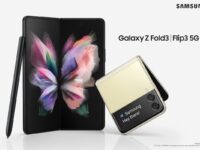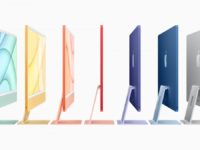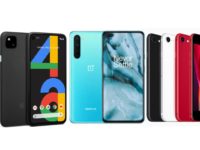The crowd is seeing red, as two of the biggest names in technology, prepare to fight the legal battle, touted as the ‘clash of titans’, the trial for which begins on Monday. In one corner, you have the world’s most valuable tech company, Apple Inc, which has redefined mobile user experience with iPhone & iPad. Whereas in the other corner, you have the South Korean business conglomerate also the world’s largest manufacturer of mobile phones, Samsung Electronics.
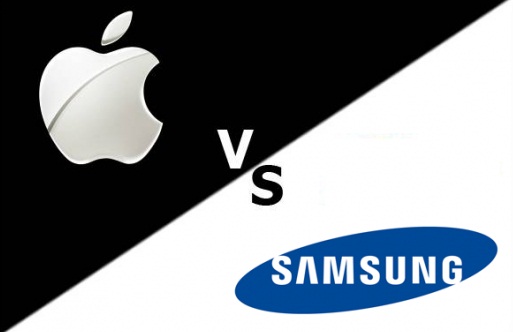
The courtroom battle that is scheduled on Monday, is one of the many patent lawsuits, involving both the consumer electronics giants. Preparing for the same, lawyers from both sides submitted their respective trial briefs, that provides details for each side’s negotiating position.
By now almost all of us know that, the outcome of this legal battle will decide which company will hold supremacy in the fast and ever changing world of mobile communications. Following are the key disputes that need to be sorted between the two at the trial that is scheduled to take place in San Jose, California. Apple claims that Samsung has “slavishly” copied and stole its product designs and user-experience programming used in iPhone and later the iPad, for the latter’s product. Samsung, on the other hand, counters that Apple’s designs aren’t as unique as the company says and that Apple is infringing on some of Samsung’s standard patented wireless communications technology and should pay for it.
Apple’s Story
Apple says that it is Samsung’s deliberate plan to free-ride on the iPhone’s and iPad’s extraordinary success by copying their patented iconic designs and intuitive user interface. The company will rely on Samsung’s own documents, which show that Samsung developed an overall plan to copy Apple’s innovative designs and features so that it could compete with Apple.

Samsung’s infringing sales have enabled it to overtake Apple as the largest manufacturer of smartphones in the world. Samsung has reaped billions of dollars in profits and caused Apple to lose hundreds of millions of dollars through its violation of Apple’s intellectual property. Apple also conservatively estimates that it is entitled to over $25 million in reasonable royalty damages on the proportionately small set of remaining sales for which it cannot obtain an award of Samsung’s profits or Apple’s own lost profits, for a combined total of $2.525 billion.
Apple further adds that their products do not infringe on any of the Samsung patents as they claim. On the contrary Apple states that their products function in a fundamentally different way which is more evolved than the outdated technologies being used in the supposedly infringing Samsung patents.
Apple also adds that, Samsung has breached its FRAND commitments made on December 14, 1998 and specific FRAND commitments for the two asserted declared-essential patents on May 16, 2006 and August 7, 2007, respectively. Also Samsung seeks to enjoin Apple from selling products that support the UMTS standard and by refusing to offer Apple a license to declared-essential patents on FRAND terms.
Samsung’s Story
Samsung has been researching and developing mobile telecommunications technology since at least as early as 1991 and invented much of the technology for today‘s smartphones. Apple, could not have sold a single iPhone without the benefit of Samsung‘s patented technology.
For good measure, Apple seeks to exclude Samsung from the market, based on its complaints that Samsung has used the very same public domain design concepts that Apple borrowed from other competitors, including Sony, to develop the iPhone. In a article, that contained an interview of a Sony designer to Steve Jobs, Jonathan Ive and others, the Sony designer discussed Sony portable electronic device designs that lacked “excessive ornamentation” such as buttons, fit in the hand, were “square with a screen” and had “corners [which] have been rounded out.”
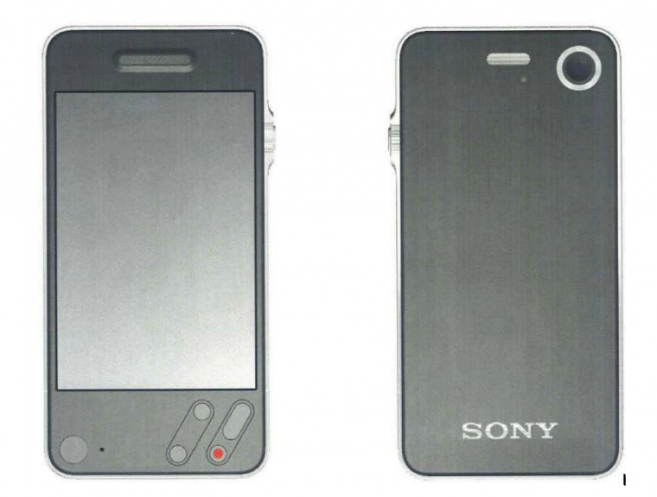
Apple has admitted in internal documents that its strength is not in developing new technologies first, but in successfully commercializing them. Also contrary to Apple‘s accusations, Samsung does not need or want to copy; rather, it strives to best the competition by developing multiple, unique products. Samsung internal documents from 2006, well before the iPhone was announced, show rectangular phones with rounded corners, large displays, flat front faces, and graphic interfaces with icons with grid layouts. It did not switch its design direction because of the iPhone.
Apple‘s utility patents relate to ancillary features that allow users to perform trivial touch screen functions, even though these technologies were developed and in widespread use well before Apple entered the mobile device market in 2007. Samsung does not infringe any of Apple‘s patents and has located dead-on prior art that invalidates them.
Apple relied heavily on Samsung‘s technology to enter the telecommunications space, and it continues to use Samsung‘s technology to this day in its iPhone and iPad products. For example, Samsung supplies the flash memory, main memory, and application processor for the iPhone. Apple also uses patented Samsung technology that it has not paid for. This includes standards-essential technology required for Apple‘s products to interact with products from other manufacturers, and several device features that Samsung developed for use in its products. Samsung had offered cross-licensing deal to Apple, asking for a fair and reasonable royalty in return for Apple‘s use of Samsung‘s technology. Unlike all the major players in the mobile phone industry, however, Apple refused to enter a cross-licensing deal with Samsung. Instead, Apple claimed that Samsung‘s patents are unenforceable.
Factual Ananlysis
Well, this lawsuit is slated to be one of the most epic patent battles in the tech industry’s history and the verdict would not only affect the two companies but define the way ahead for a lot of tech firms engaged in patent battles right now. The case will be closely followed by Google as well, whose Android platform is in the center of the debate.
We do not see any scope for settlement here for now after failed talks between the two giants after several meetings. Hence the case will in all certainty be decided in the court, presided by jury members with minimal tech background the onus will be on Apple to explain them the intricacies of the case and ensure that they do not get confused else Apple’s chances of winning this battle might be greatly reduced. Although Apple will be certainly comforted by the fact that Judge Lucy Koh is one of the jury members who has earlier presided over one of the patent cases between the two and has also ruled a temporary injunction against Samsung.
As per Florian Mueller of FossPatents, the onus will be on Apple to ensure the jury does not get confused or else Samsung will definitely benefit in the case.
Samsung also claims that Apple’s iPhone and iPad design patents are invalid as other designed and documented them first. Also they argue that the design of tablets and smartphones have to be rectangular based on their functional requirements.
As per Mr. Mueller, its clear that Apple didn’t design their products from scratch and a lot of Samsung products indeed resemble Apple’s. He adds that the answer to the question: “where do you draw the line between what’s innovation and what’s theft?” will be central to cases’ judgement.
Agreed that Apple has a better chance of winning the case but at the same time a ruling in Samsung’s favor cannot be completely ruled out.

